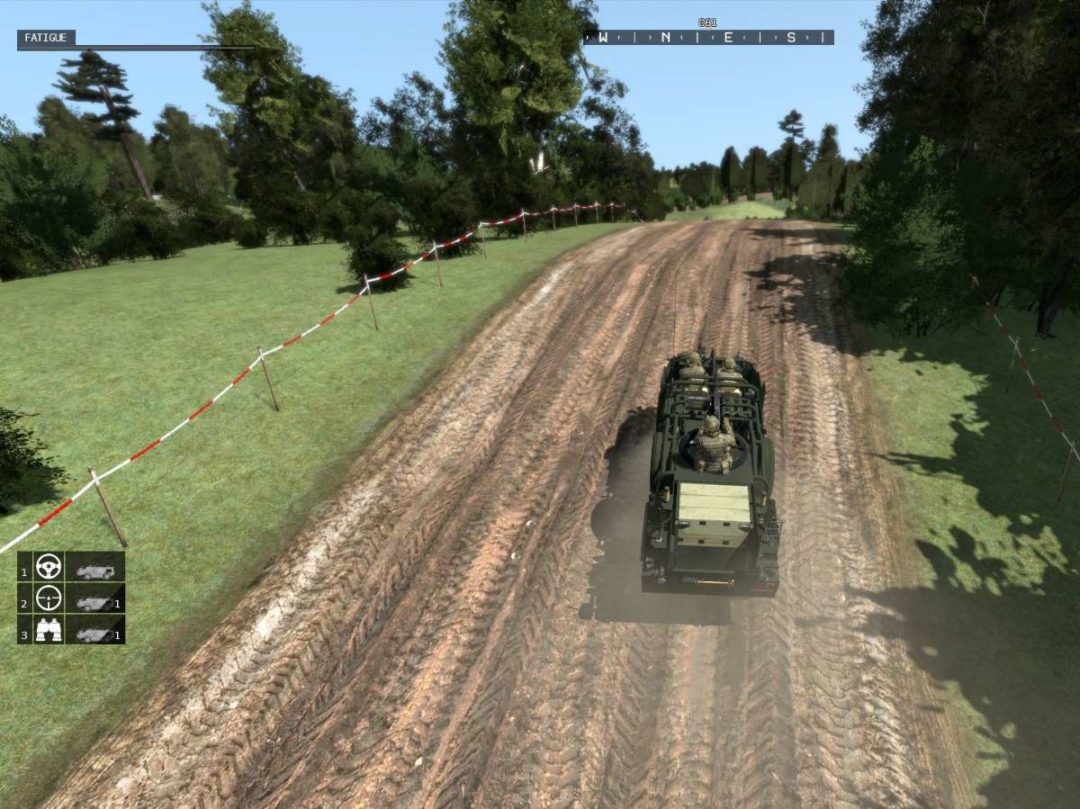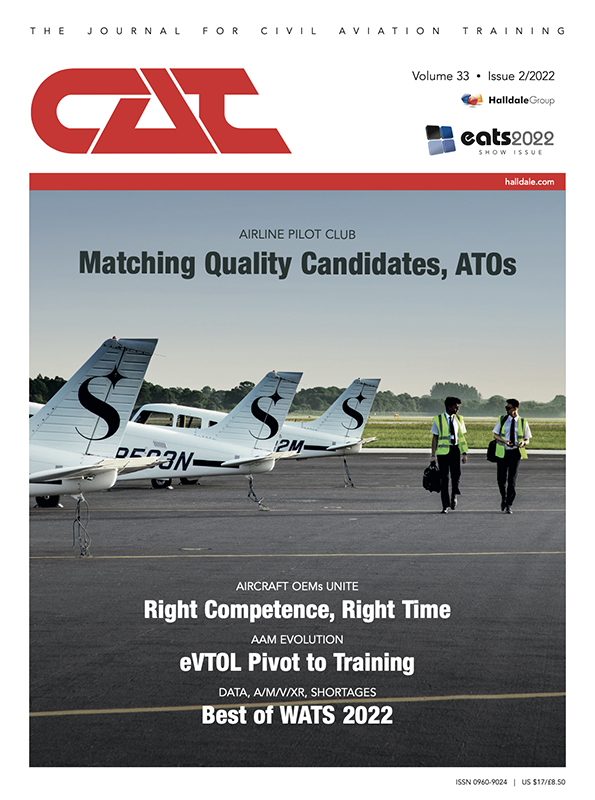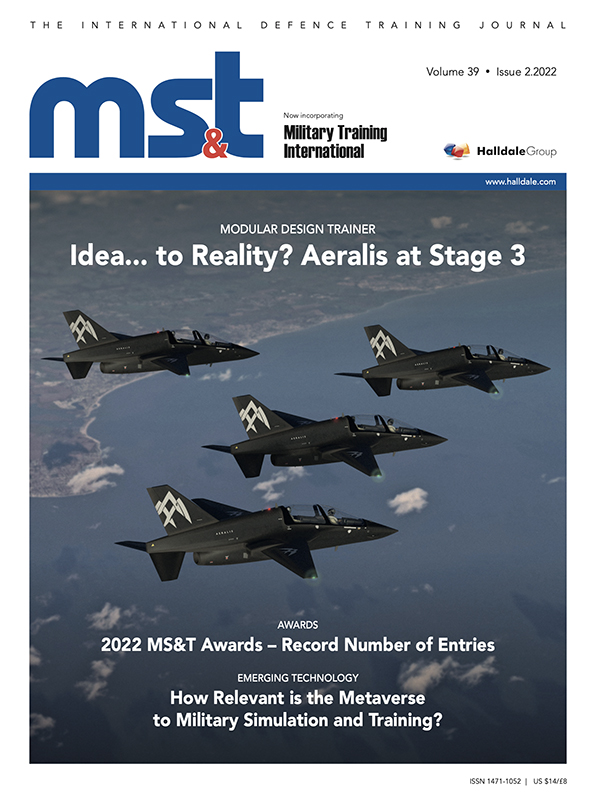MS&T Army Correspondent Gareth Davies reports on how necessity and soldier expertise is driving innovation in the British Army.
The Army lost approximately five training weeks between pausing non-essential activity and restarting Basic Training on 11 May 2020. In June 2020, Basic Training was constrained to around 50% of capacity by social distancing and other Force Health Protection measures, with full loading not expected until at least September 2020.
Over the past few months, the British Army has been using tried and tested virtual simulations, albeit in less traditional ways, and it has been experimenting with some new systems.
With help from the UK MoD and BISim, the Scottish and North Irish Yeomanry (SNIY), an Army Reserve Light Cavalry Regiment, have been using the Defence Virtual Simulation (DVS), which is largely based on VBS3, to train their reservists. What is new for the SNIY is that they have been running their virtual exercises from home, not from their Army Reserve Centres. So far, they have linked 18 players with a similar number live streaming the training event. Command and Control (C2) has been exercised using Discord and all the players accessed the training via a Hamachi VPN. The technical details plus the SNIY’s detailed thoughts have been shared widely across the Army and it is highly likely that unit and sub-unit level distributed virtual training will become more routine.
It has not just been VBS action for the Army though, some units have been playing with some other commercial offerings. These experiments were driven by a number of factors including curiosity, a soldier or young officer having experience of the game, and in some cases to look at how they might conduct connected yet distributed training. All have been used as a way to prepare for future collective training events.
In Cyprus the 2nd Battalion The Mercian Regiment (2 Mercian) have been trying out Battlefront’s Combat Mission: Shock Force (CMSF) and in Wiltshire the Royal Tank Regiment (RTR) has been playing with Eugen System’s Wargame: Red Dragon (W:RD). 2 Mercian have used CMSF for individual study, for formal fight sessions, and as an addition to TEWTs. It has some drawbacks but for platoon level action they feel that it has much to offer.
The RTR are, as the name suggests, in the heavy metal business and their choice of W:RD reflected their specific need to fight as and against an armoured force, their wish to experiment with distributed training, and the choice was influenced by some familiarity with the game by some junior commanders. They used W:RD to practice planning, to augment TEWTs, to understand doctrine and battle-drills, and by using Zoom alongside the troop leaders have been able to deliver back briefs to their squadron leader.
Neither game provided exactly the functionality that the users were ideally looking for but the feedback from users of both has been positive and included “quite realistic”, “challenging”, “good terrain”, and praise for the fact that a kill on red by blue isn’t guaranteed. What both units were after was the ability to get junior commanders to try things out, to get a better understanding of how fire and movement, and ground, matter, and the ability to do repetitions is important, and in both cases – and also with the SNIY’s distributed VBS sessions, this has been achieved.





